Lexus debuted a self-driving LS+ Concept today at the Tokyo Motor Show, let’s go straight to the press release.
Aiming to contribute to achievement of a world free of traffic casualties, Lexus has been actively introducing advanced technologies based on its Integrated Safety Management Concept. And so that all people can enjoy safe and smooth mobility and the fun of driving, Lexus has been developing automated driving technologies. It aims for application in the first half of the 2020s of its “Urban Teammate” technologies for automated driving on regular roads.

Main features of the LS+ Concept
The LS+ Concept, equipped with state-of-the-art technologies, indicates the future image of the “LS” flagship sedan. With its advanced yet dignified styling and automated driving technologies planned for application in 2020, the LS+ Concept was developed as a model that symbolizes Lexus’ vision.
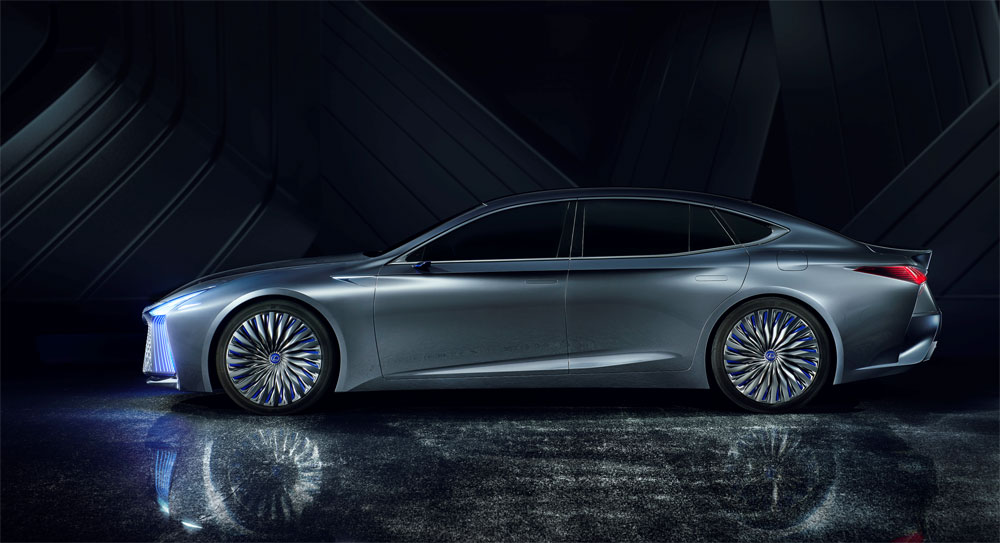
Advanced yet dignified styling representing the future image of the “LS” flagship sedan
As a concept vehicle that suggests the future look of the LS, the LS+ Concept produces a dignified expression as a flagship and indicates the direction of next-generation Lexus design based on Lexus’ L-finesse*3 design philosophy.
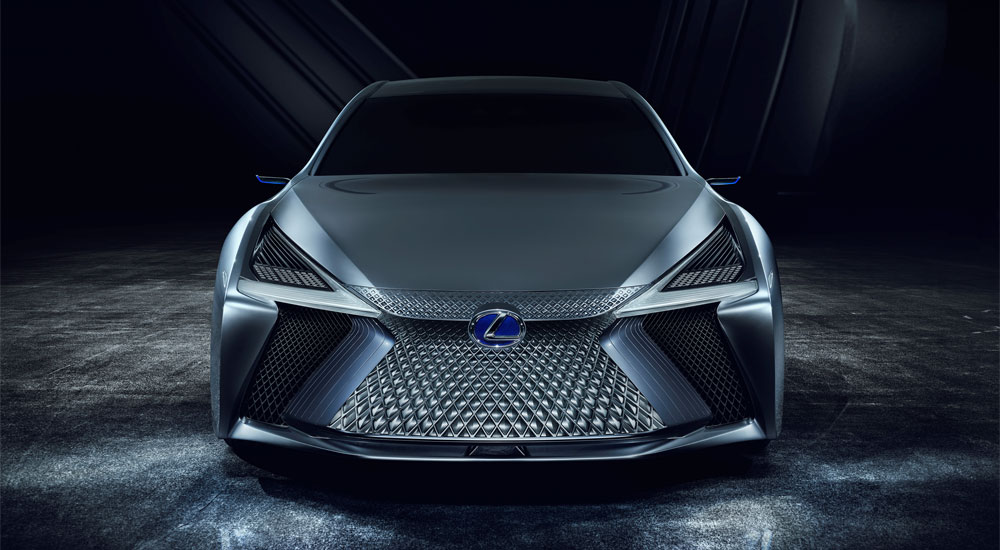
In addition to a boldly evolved Spindle Grille, with a large grille shutter that contributes to both improved cooling and enhanced aerodynamic performance, distinctive Lexus vision is expressed in the LS+ Concept through, among others, partly laser-lit headlamps and rear combination lamps, as well as through electronic side mirrors.
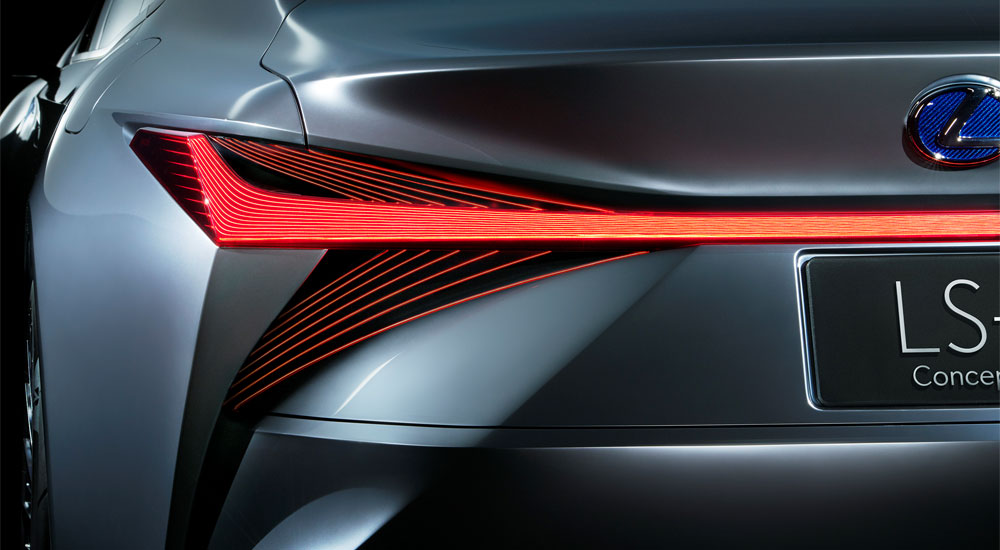
Latest automated driving technologies
Lexus is pursuing a world in which all people can enjoy safe, smooth and untethered mobility through automated driving technologies. Specifically, it intends to make automated driving from entrance ramp to exit ramp on motor-vehicle-only roadways possible by using its “Highway Teammate” automated driving technologies, which, with an eye toward application in 2020, are featured on the LS+ Concept.
On motor-vehicle-only roadways, through appropriate recognition, judgment and operation by onboard systems in response to actual traffic conditions, these technologies can enable automated merging, lane changes and diverging, as well as keep a vehicle in its lane and maintain vehicle-to-vehicle distance.
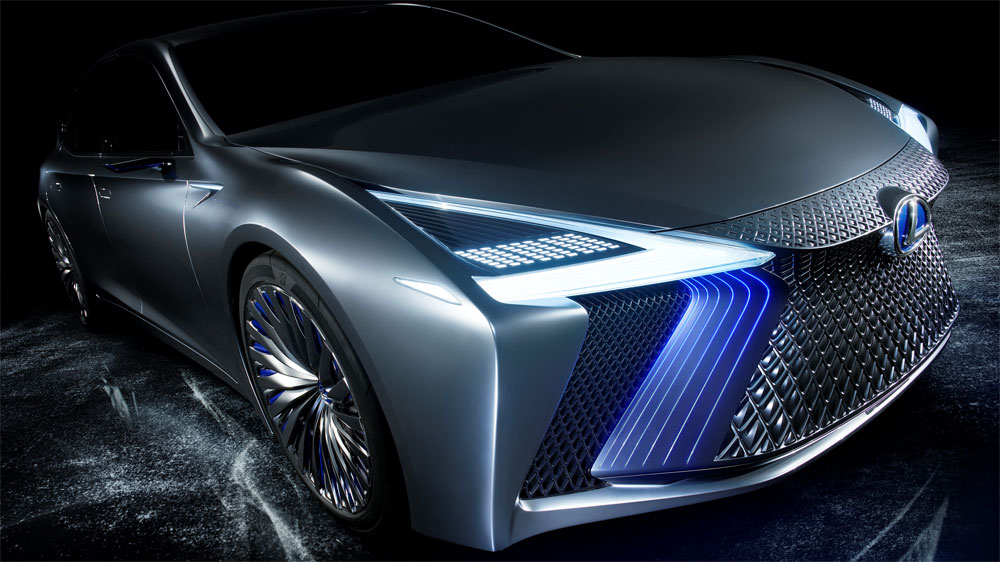
The LS+ Concept can communicate with a data center to update its systems’ software, allowing new functions to be added. Meanwhile, AI that learns from big data, including information on roads and surrounding areas, ensures a high level of automated driving.
The car, which can learn and grow along with its users, represents a new age for the image of cars to which people can become emotionally attached.

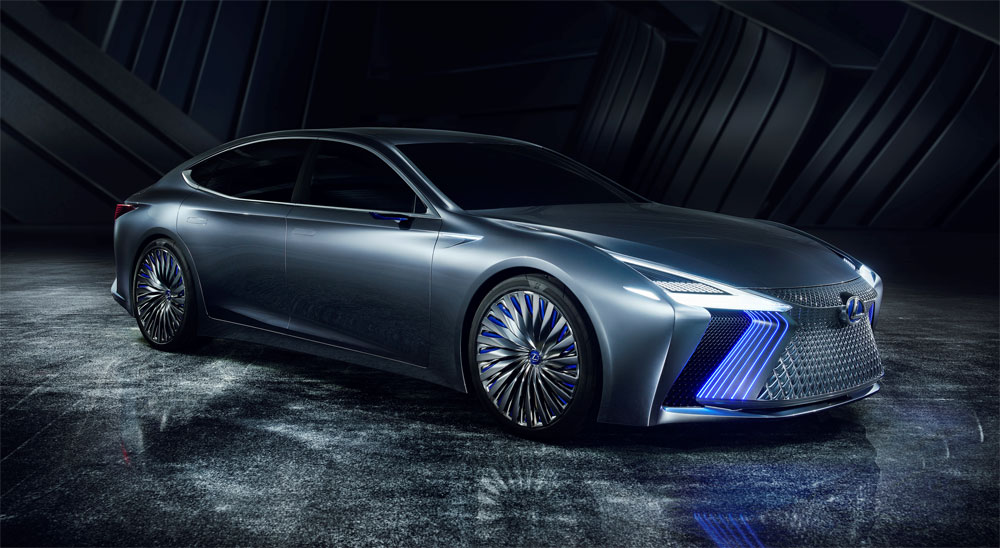
Comments